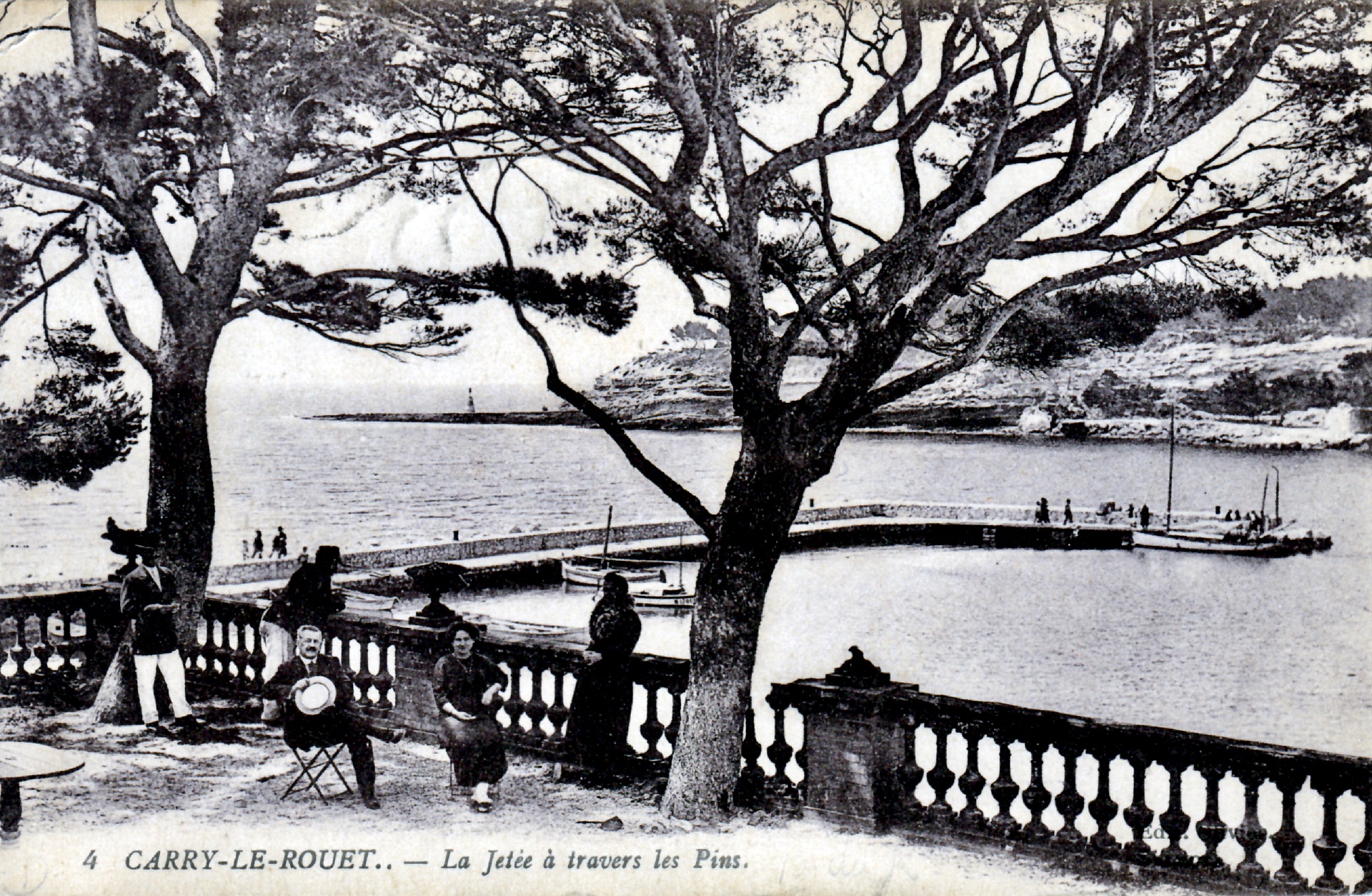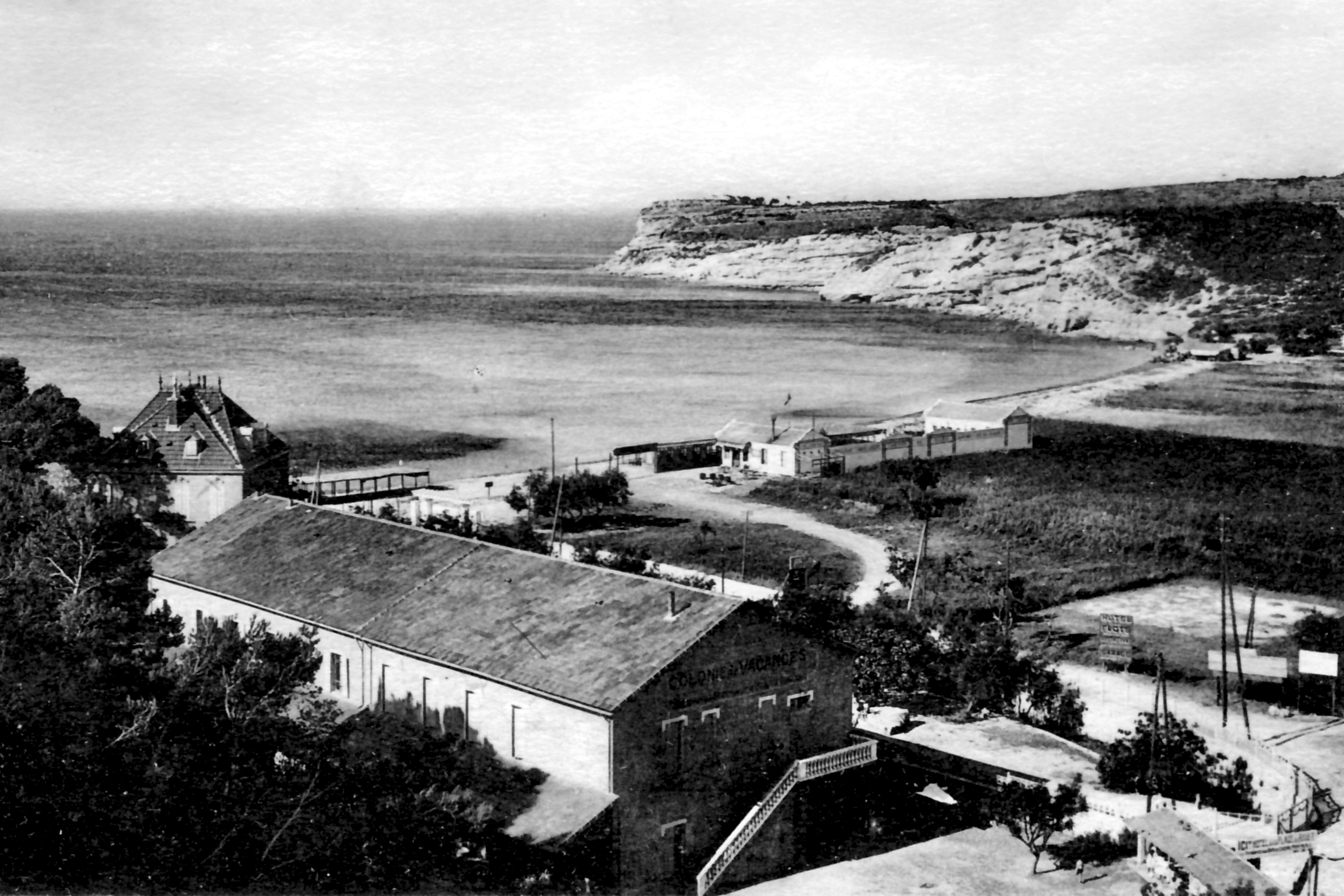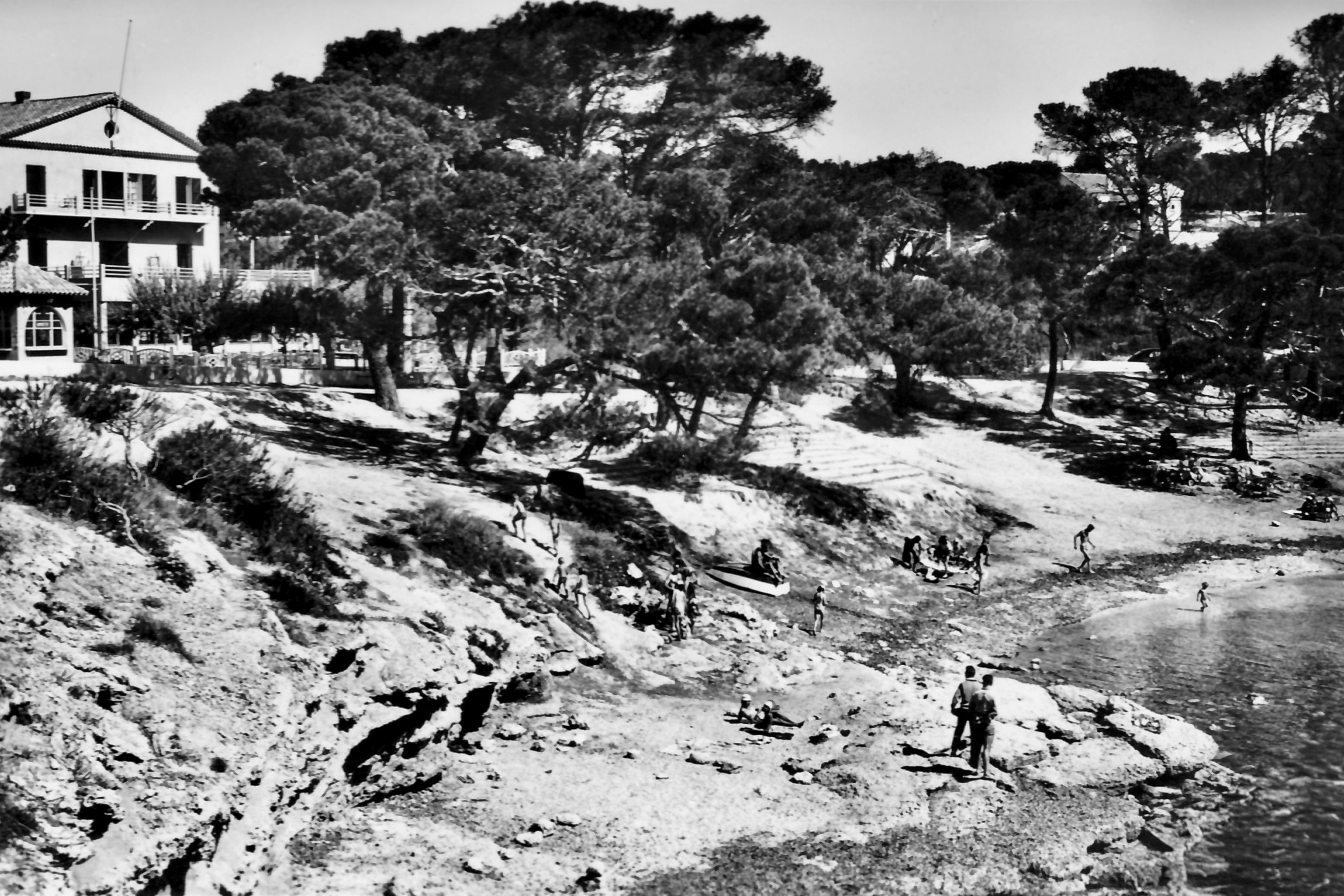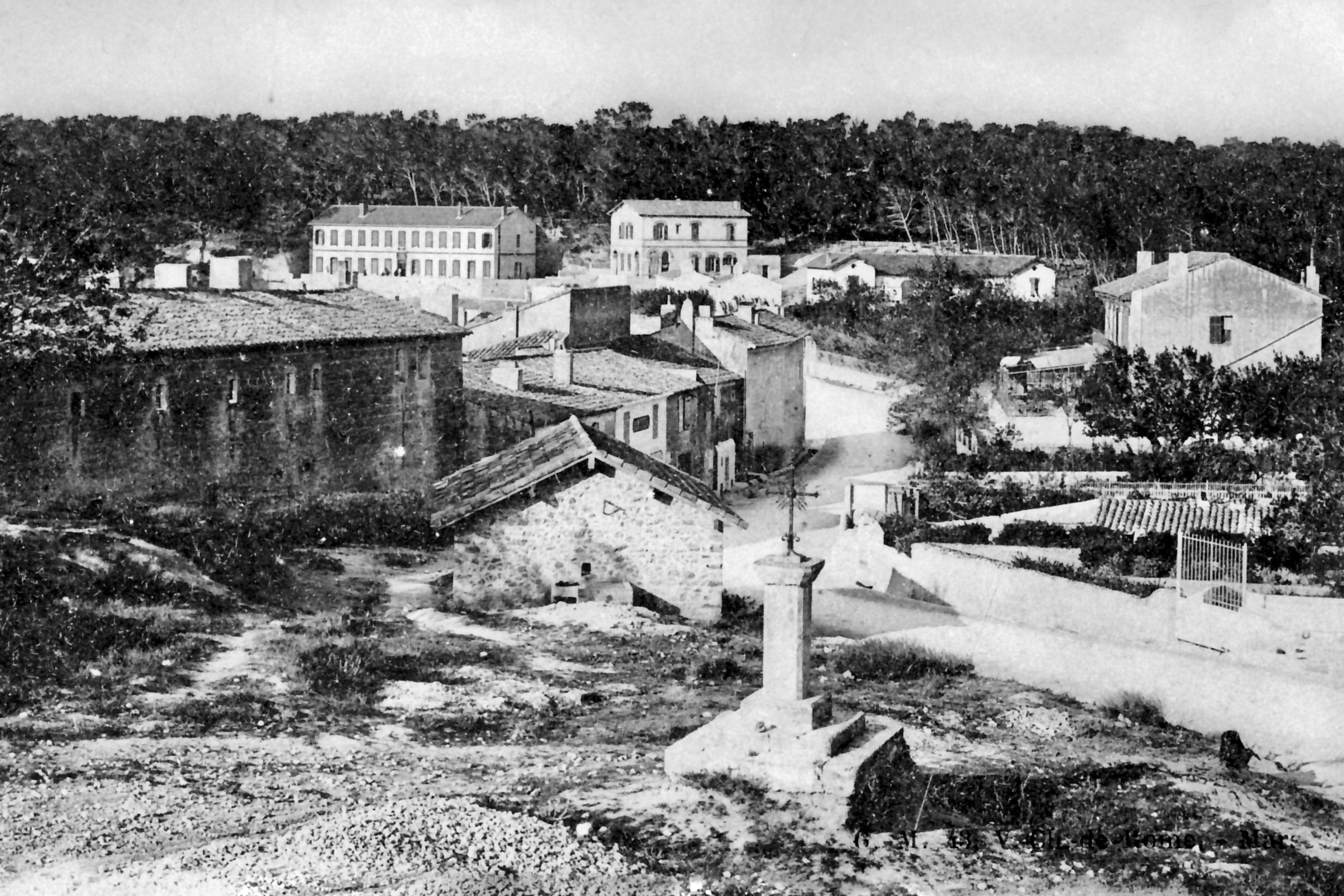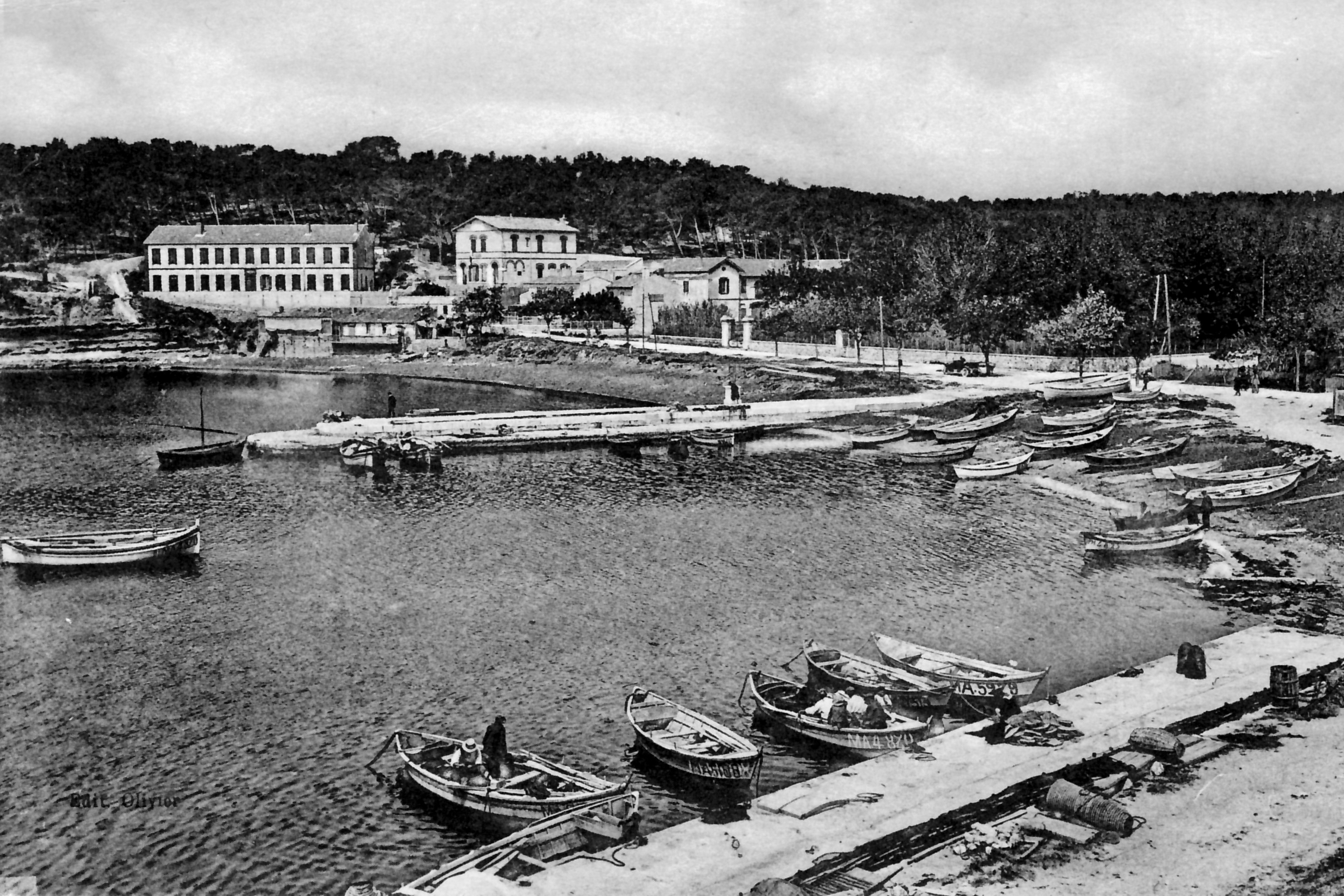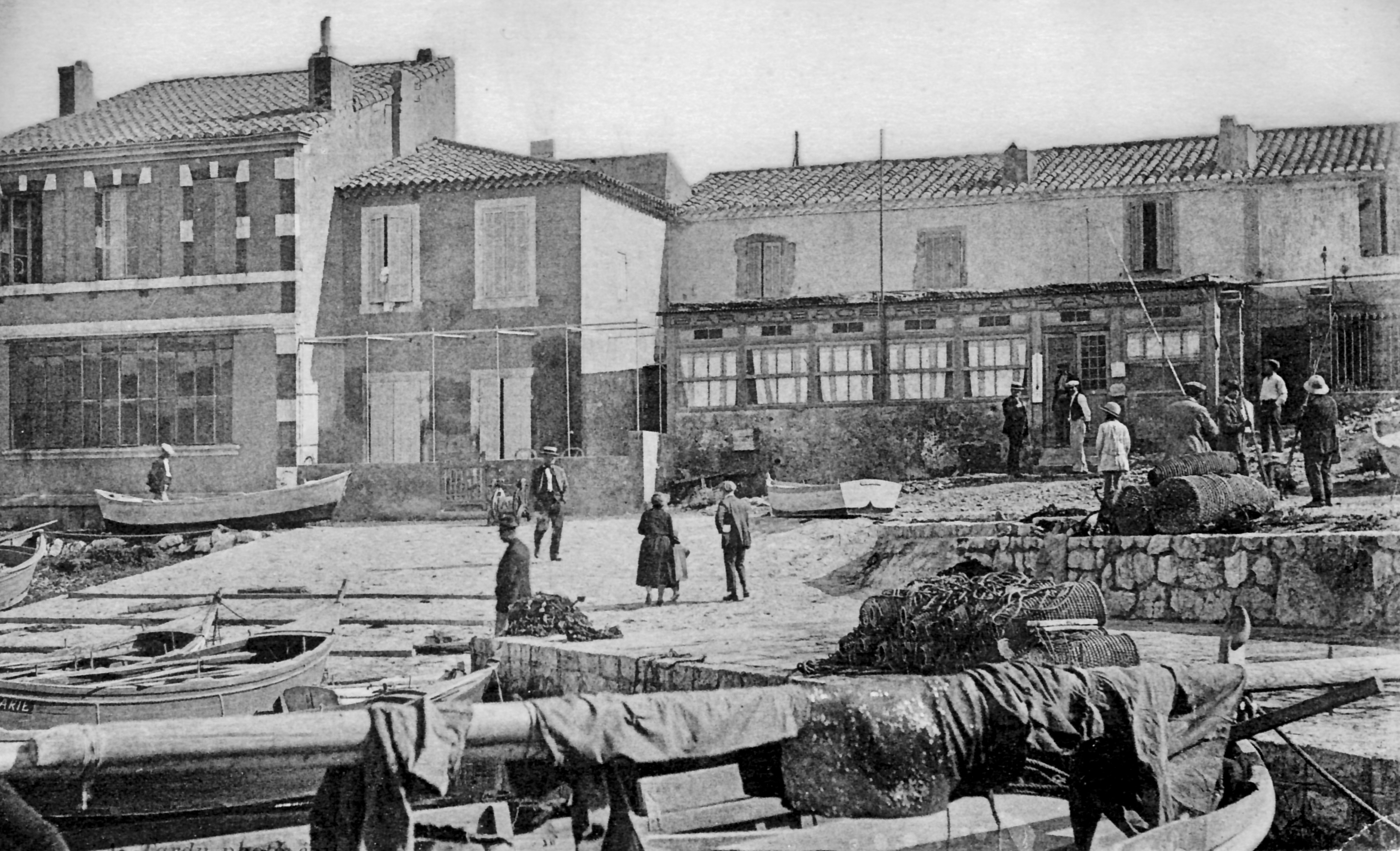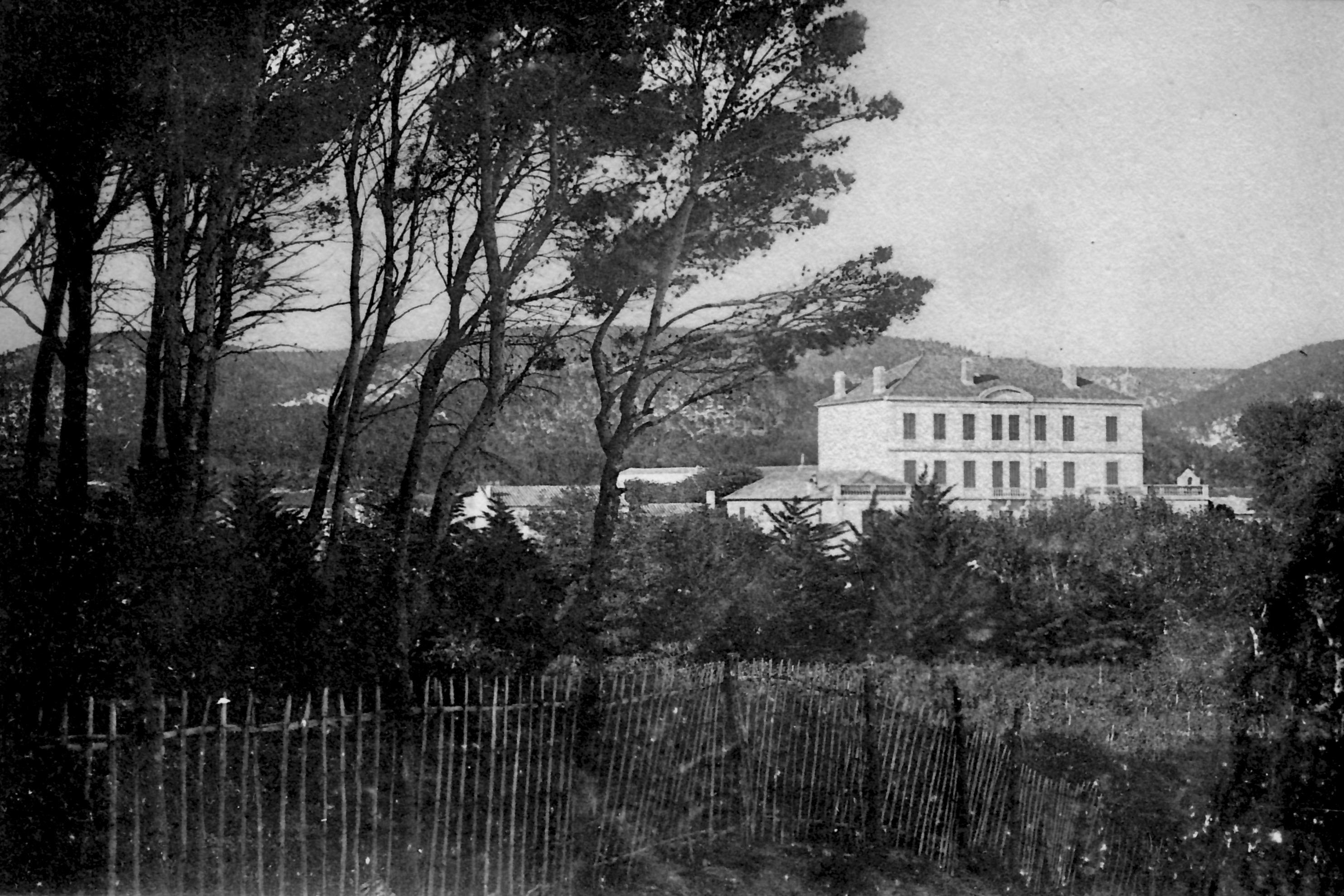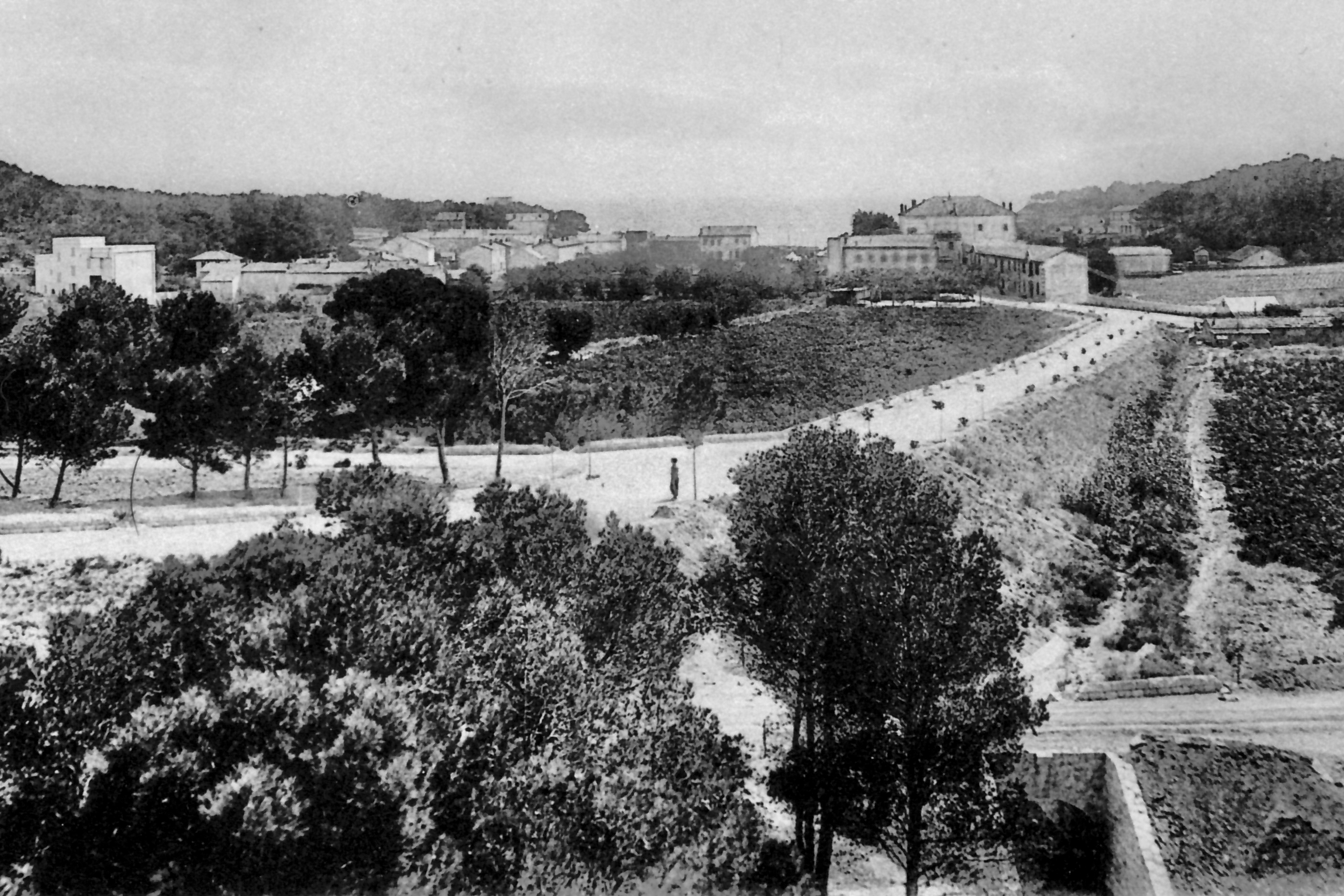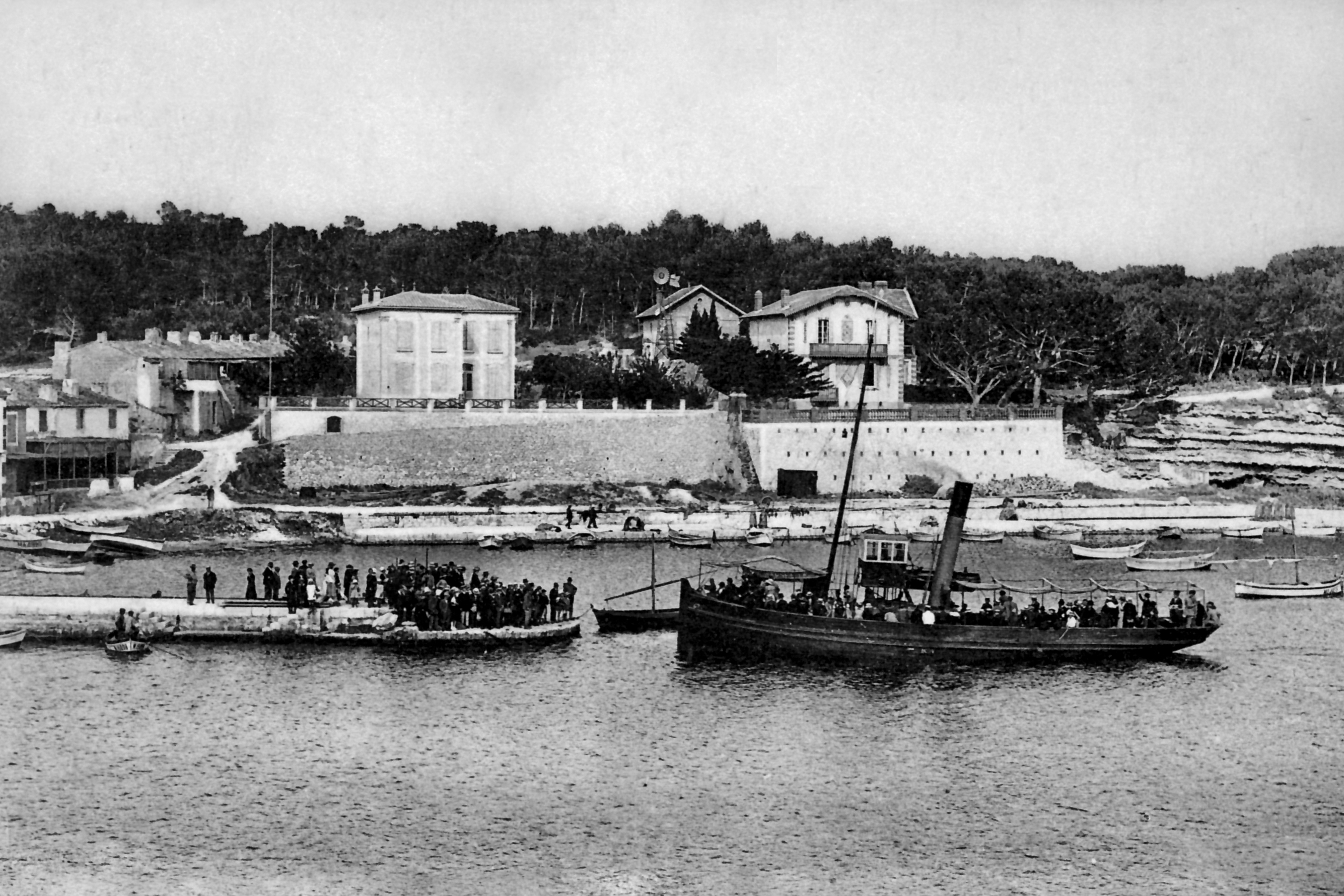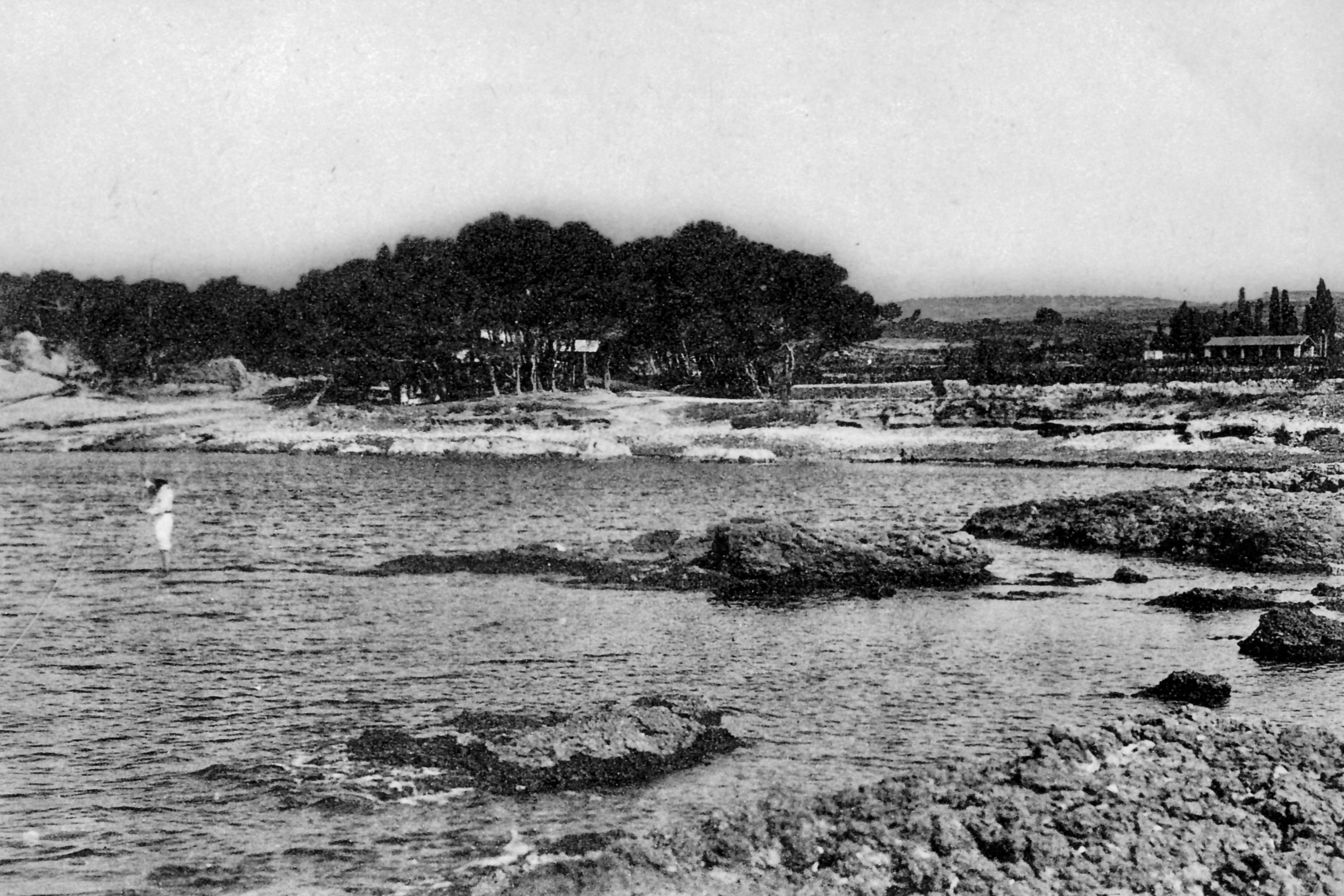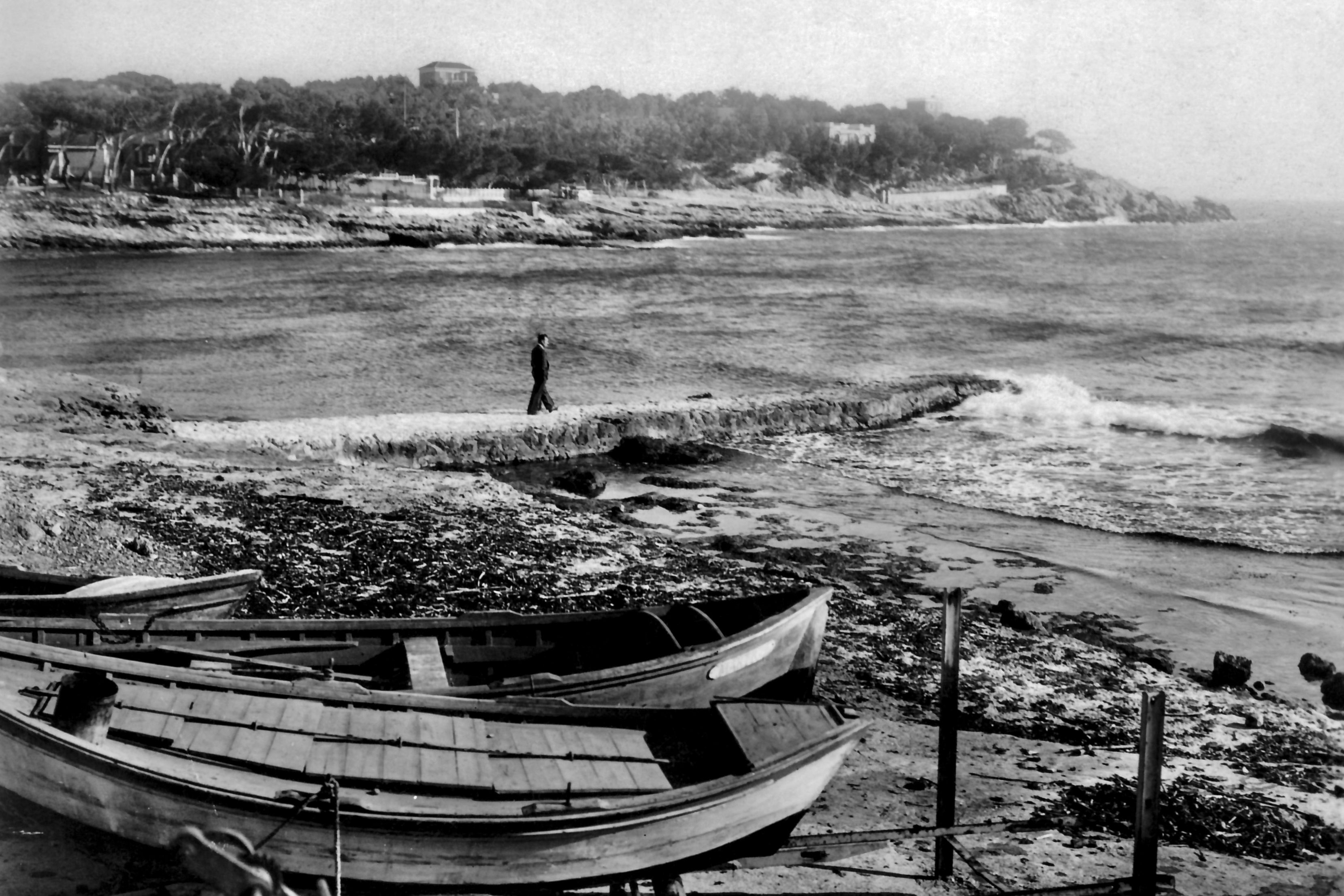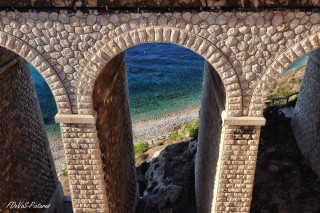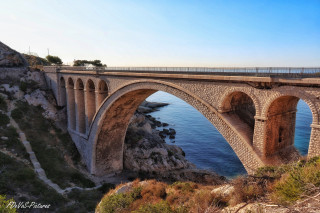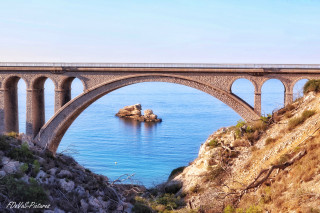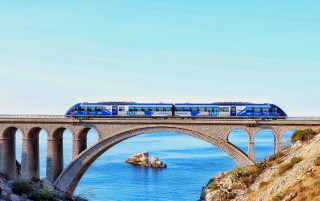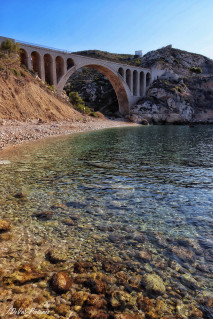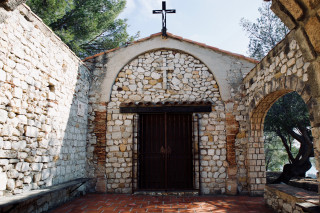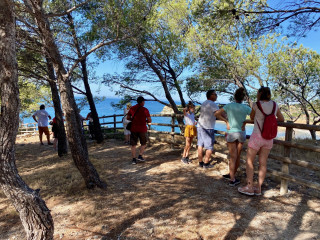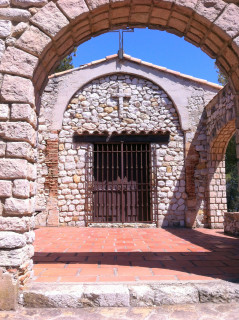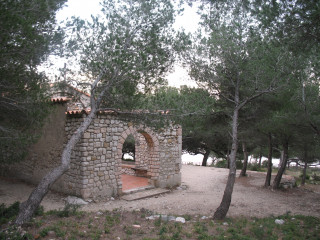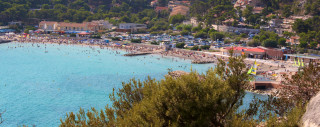Accessibility options
History and Heritage
History and Heritage
FICHE_INFO_TITRE_ACCESSIBILITE
More than 2000 years ago (2nd century AD), during the first occupations, the sea level bathed the current railway station.
The small port then allowed Greek and Roman ships to shelter from storms, to embark and transport the pink limestone blocks extracted from the quarries of La Couronne and Carro that contributed in particular to the construction of Massalia (Marseille).
Carry-le-Rouet became an independent community on 15 July 1584. From then on, the history of the commune is similar to that of the seigneuries, the families of Jarentes and Deytres-Vaucluse who for two centuries will punctuate the life of Carryenne.
At the beginning of the 20th century, the village had 300 inhabitants and was dominated by its old castle. The successors of rich merchants from Marseille will be the first to appreciate the sweetness of life in Carry-le-Rouet.
The construction of the Marseille - Miramas railway between 1911 and 1915 developed the town and attracted new inhabitants (700 in 1920).
In 1923, Carry-le-Rouet and Sausset-les-Pins split. Carry-le-Rouet now has 400 inhabitants.
Thanks to the coastal steamship and the railway, the population reached 800 inhabitants in 1940.
From 15 October 1945, the date of the inauguration of the railway line, the municipality has been undergoing continuous expansion and a demographic boom that will continue year by year due to the attractiveness of the seaside, the quality of the site and its geographical location.
The small port then allowed Greek and Roman ships to shelter from storms, to embark and transport the pink limestone blocks extracted from the quarries of La Couronne and Carro that contributed in particular to the construction of Massalia (Marseille).
Carry-le-Rouet became an independent community on 15 July 1584. From then on, the history of the commune is similar to that of the seigneuries, the families of Jarentes and Deytres-Vaucluse who for two centuries will punctuate the life of Carryenne.
At the beginning of the 20th century, the village had 300 inhabitants and was dominated by its old castle. The successors of rich merchants from Marseille will be the first to appreciate the sweetness of life in Carry-le-Rouet.
The construction of the Marseille - Miramas railway between 1911 and 1915 developed the town and attracted new inhabitants (700 in 1920).
In 1923, Carry-le-Rouet and Sausset-les-Pins split. Carry-le-Rouet now has 400 inhabitants.
Thanks to the coastal steamship and the railway, the population reached 800 inhabitants in 1940.
From 15 October 1945, the date of the inauguration of the railway line, the municipality has been undergoing continuous expansion and a demographic boom that will continue year by year due to the attractiveness of the seaside, the quality of the site and its geographical location.
Presentation
The castles
Until 1964 the commune had two castles:
- The castle Jarente-Pressaq today became the hotel Villa Arena, where was located the old chapel of the village.
- The Jourde castle, in the city center, built in front of the Jarente-Pressaq castle which had a park with rare species.
On the death of its owner, the squire Philippe Jourde, it became the hotel restaurant of the castle on the edge of the port with its sandy beach.
It was demolished in the 1960s and replaced by a gaming casino, tower and buildings of Floralies.
Until 1964 the commune had two castles:
- The castle Jarente-Pressaq today became the hotel Villa Arena, where was located the old chapel of the village.
- The Jourde castle, in the city center, built in front of the Jarente-Pressaq castle which had a park with rare species.
On the death of its owner, the squire Philippe Jourde, it became the hotel restaurant of the castle on the edge of the port with its sandy beach.
It was demolished in the 1960s and replaced by a gaming casino, tower and buildings of Floralies.
Eau-Salée Viaduct
The Eaux-Salées (railway) viaduct is located at the eastern end of the territory at the level of the Eaux-Salées creek.
Here you can admire one of the most beautiful creations by Paul Séjourné, engineer of bridges and roads.
The pharaonic work was carried out in 1914 under unfavourable natural conditions. Indeed, in this valley, abundant sources and loaded with alkaline and magnesium sulphates have been discovered.
The Compagnie des chemins de fer de Paris à Lyon Marseille had requested a concession to build a railway line allowing, for safety, to double the section of Miramas in Marseille. She obtained it in 1883.
It was decided to make a unique arch, 50m wide, which is particularly bold. High 25 m, long 143 m and wide 246 m it overlooks the cove of Eaux-Salées.
The railway tracks rest on ten arches built on the main arch. West side, the arch is laid in dolomitic rock. On the east side, the foundations descend very low (22 m below sea level).
The work was completed in 1914 and the railway opened to rail traffic in 1915.
The Regional Heritage and Sites Commission awarded it the XX heritage label on 28 November 2000.
Route
1. From the parking lot of Rouet, go on avenue Blanche Calvet.
2. Continue on the Chemin des Eaux-Salées until you reach the parking lot of the holiday centre.
3. Turn left onto the path that runs along the railway track.
4. Follow the customs trail for about 10 minutes.
5. Go down the steps on your right that lead to the cove of Eaux-Salées, from where you can admire the viaduct.
The Eaux-Salées (railway) viaduct is located at the eastern end of the territory at the level of the Eaux-Salées creek.
Here you can admire one of the most beautiful creations by Paul Séjourné, engineer of bridges and roads.
The pharaonic work was carried out in 1914 under unfavourable natural conditions. Indeed, in this valley, abundant sources and loaded with alkaline and magnesium sulphates have been discovered.
The Compagnie des chemins de fer de Paris à Lyon Marseille had requested a concession to build a railway line allowing, for safety, to double the section of Miramas in Marseille. She obtained it in 1883.
It was decided to make a unique arch, 50m wide, which is particularly bold. High 25 m, long 143 m and wide 246 m it overlooks the cove of Eaux-Salées.
The railway tracks rest on ten arches built on the main arch. West side, the arch is laid in dolomitic rock. On the east side, the foundations descend very low (22 m below sea level).
The work was completed in 1914 and the railway opened to rail traffic in 1915.
The Regional Heritage and Sites Commission awarded it the XX heritage label on 28 November 2000.
Route
1. From the parking lot of Rouet, go on avenue Blanche Calvet.
2. Continue on the Chemin des Eaux-Salées until you reach the parking lot of the holiday centre.
3. Turn left onto the path that runs along the railway track.
4. Follow the customs trail for about 10 minutes.
5. Go down the steps on your right that lead to the cove of Eaux-Salées, from where you can admire the viaduct.
Notre Dame du Rouet Chapel
The Chapelle du Rouet is located on the Cap de la Vierge, east of the village center.
It is built on a triangular promontory wooded with pine of Aleppo, thorny bushes similar to those found in the garrigue, high several tens of meters, overlooking the sea, the coves and the harbor of Marseille.
On the summit, you can admire to the west, the beach of Rouet and its port and to the east, the cove of Eaux-Salées and its railway viaduct.
Inside the chapel is a statue dedicated to Our Lady of Rouet, representing the Virgin sitting nursing her child.
The current building was built in the 17th century. The date 1653 is inscribed on the lintel of the door.
The chapel was restored and enlarged in 1877. Left unmaintained after the First World War and threatened with ruin after the Second World War, it was completely renovated thanks to the help of the Carryens, the municipality and donations from the faithful.
Pilgrimages take place with great popular participation: 2 February: Feast of the presentation of Jesus in the temple.
8 September: Feast of the Nativity of the Virgin and celebration of the blessing of the sea and boats. The chapel is closed to the public. Open during guided tours (information at the Tourist Office).
Route
1. From the parking lot of Rouet, go on avenue Blanche Calvet.
2. Continue on the Chemin des Eaux Salées until the Chemin de la Grande Mona
3. Take the path of the Virgin and climb the stairs to the chapel.
The Chapelle du Rouet is located on the Cap de la Vierge, east of the village center.
It is built on a triangular promontory wooded with pine of Aleppo, thorny bushes similar to those found in the garrigue, high several tens of meters, overlooking the sea, the coves and the harbor of Marseille.
On the summit, you can admire to the west, the beach of Rouet and its port and to the east, the cove of Eaux-Salées and its railway viaduct.
Inside the chapel is a statue dedicated to Our Lady of Rouet, representing the Virgin sitting nursing her child.
The current building was built in the 17th century. The date 1653 is inscribed on the lintel of the door.
The chapel was restored and enlarged in 1877. Left unmaintained after the First World War and threatened with ruin after the Second World War, it was completely renovated thanks to the help of the Carryens, the municipality and donations from the faithful.
Pilgrimages take place with great popular participation: 2 February: Feast of the presentation of Jesus in the temple.
8 September: Feast of the Nativity of the Virgin and celebration of the blessing of the sea and boats. The chapel is closed to the public. Open during guided tours (information at the Tourist Office).
Route
1. From the parking lot of Rouet, go on avenue Blanche Calvet.
2. Continue on the Chemin des Eaux Salées until the Chemin de la Grande Mona
3. Take the path of the Virgin and climb the stairs to the chapel.
We also suggest...

